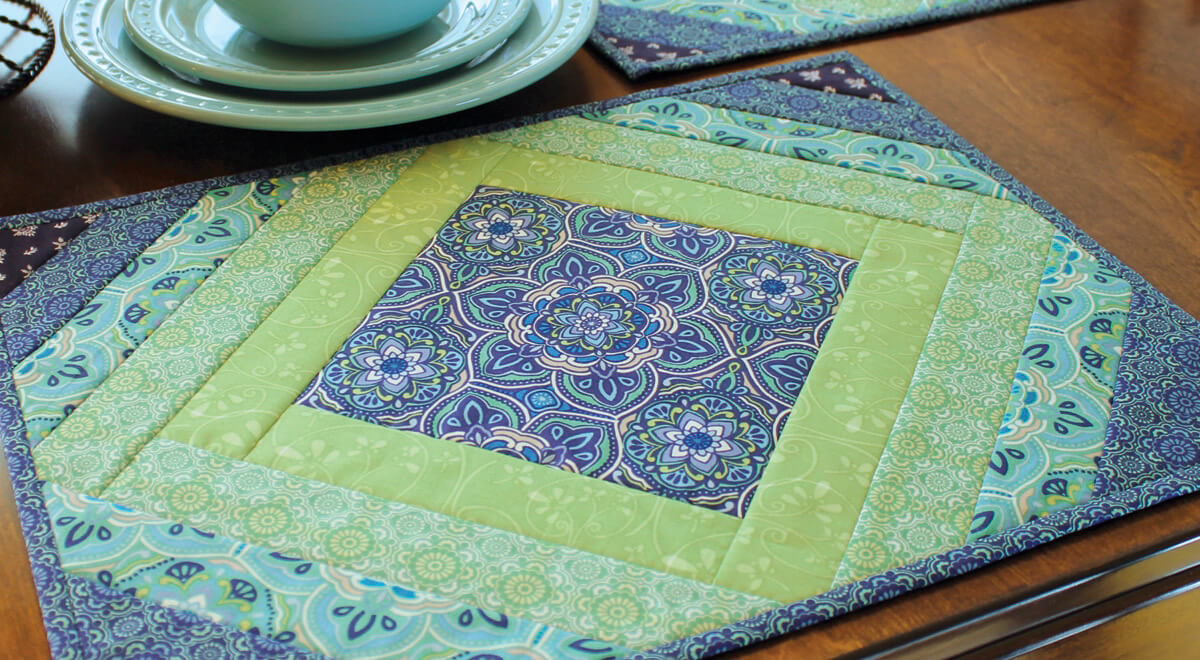Top Guidelines Of Unique Art
Top Guidelines Of Unique Art
Blog Article
The Buzz on Unique Art
Table of Contents3 Easy Facts About Unique Art Shown4 Simple Techniques For Unique ArtThe Ultimate Guide To Unique ArtThe Best Strategy To Use For Unique ArtIndicators on Unique Art You Need To Know
While one could dispute which art kind holds priority, the truth stays that each of these 7 types gives an one-of-a-kind window right into human history, culture, and evolution. Unique Art. They are the tapestries that chronicle our journey, reminding us of our past while inspiring visions for the future
To bring also extra drama, he prolonged the paint. The curves, along with a spherical sconce, soften the sides. Frameworks classic posters and maps of cherished places set the scene.
All about Unique Art
8 TRIA GIOVANEqual parts grand and laidback, this entrance hall made by Anthony Baratta is the excellent plan to comply with if you're embellishing a formal entrance that still feels unfussy and comfortable. Formed fabrics take spotlight (see the carpets and the couch), yet they also aid bring the high ceilings to a human range when hung over wallpaper.
18 Heidi Caillier DesignA gallery wall surface doesn't need to use up the whole area. In truth, in some cases a small one can make a larger design declaration. In this living room, Hiedi Caillier selected micro-mini frameworks and an arbitrary composition. Ad - Continue Analysis Below19 Stephen Kent JohnsonDesigner Juan Carretero opted for a deep environment-friendly paint color to contrast with the light wood coatings.
, the expression of ideas and emotions, with the creation of specific visual high qualities, in a two-dimensional visual language. The aspects of this languageits forms, lines, colours, tones, and texturesare used in numerous methods to generate sensations of quantity, room, movement, and light on a flat surface area. These components are combined right into expressive patterns in order to stand for actual or superordinary phenomena, to analyze a narrative theme, or to produce completely abstract aesthetic connections.
Later on the notion of the "great musician" developed in Asia and Renaissance Europe. Famous painters were afforded the social status of scholars and courtiers; they authorized their work, chose its style and usually its subject and imagery, and established a more personalif not constantly amicablerelationship with their clients. Throughout the 19th century painters in Western societies started to shed their social position and protected patronage.
Some Known Questions About Unique Art.
Others gained an earnings via touring events of their work. The demand to appeal to an industry had changed the similar (if much less impersonal) needs of patronage, and its result on the art itself was probably similar. Typically, musicians in the 20th century could get to a target market only via business galleries and public galleries, although their job might have been sometimes reproduced in art regulars.

Don't replicate the style of other artists if you're trying to locate your style. Duplicating various other people's art work can be wonderful in educational functions however it will not make you closer to discovering your very own distinct style. Your artistic style needs to be, what you like and what inspires you.
Get This Report about Unique Art
I would certainly assume of your very own style as a style you repaint in normally, when you let go of all thoughts and guidelines and simply concentrate on painting, not believing about it. The style has to come normally to you when you are loosened up and you can not compel it or it won't be your very own design, simply a person else's.
You need to try lots of different alternatives and discover whatever prior to you can concentrate on one specific style or you'll be burnt out, or even worse, you'll dislike your very own design. So I recommend you to try every subject that you're interested in, discover as much as you can. Try different mediums that delight you and new methods you have actually never attempted before.
With time you'll have the ability to sort every one of them into your favored and least favored groups. Try to concentrate your attention on the topics and mediums that you like and prior to you see it coming you'll have your own individual and distinct design, like no one else have! So in the long run you'll have a few favorite based on paint and look at this web-site perhaps a few favorite tools (Unique Art).
Some Known Details About Unique Art
The design needs to establish itself in time with check my source a great deal of method and experiments. Thank you for reading this post and if you have any concerns leave them in the remarks below, I would certainly be pleased to respond to these.
Report this page